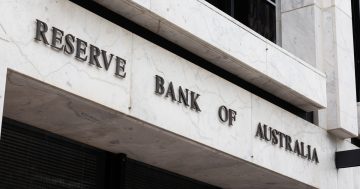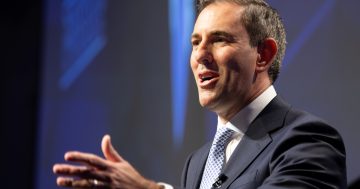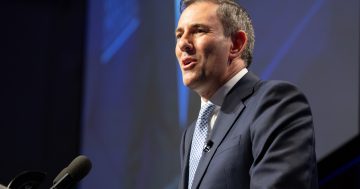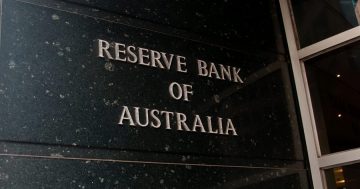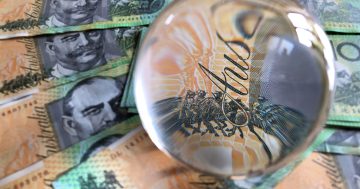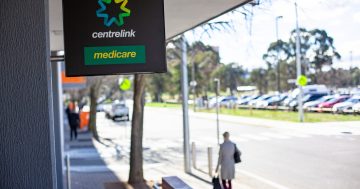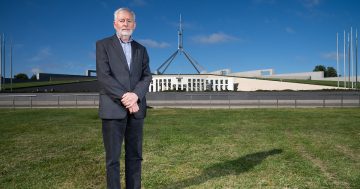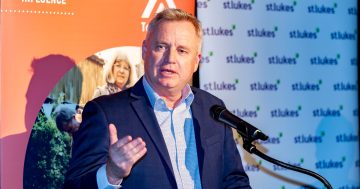Michael Janda* says households are bracing for the toughest times since the start of the pandemic as confidence plunges.
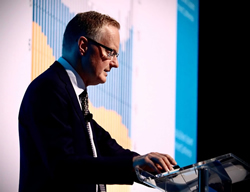 Australians are still spending record amounts of money, but surveys show that could change quickly as interest rate rises send consumer confidence towards pandemic lows.
Australians are still spending record amounts of money, but surveys show that could change quickly as interest rate rises send consumer confidence towards pandemic lows.
The latest consumer spending data from the Australian Bureau of Statistics shows household spending was 7.9 per cent higher in May than it was a year earlier.
Much of the increase in spending was not because Australians are necessarily buying a whole lot more, but reflects surging inflation, which means people are paying much more for most things they buy.
Transport spending was up almost 15 per cent, as people once again took to the skies, but also as the cost of fuel surged.
Eating out and going out both also recorded double-digit percentage spending increases over the past year as pandemic restrictions eased and people became more confident to go out.
But transport and hospitality remained the two areas of household spending that had yet to recover to pre-pandemic (January 2020) levels, while economy-wide spending was around 10 per cent higher than it was before COVID-19 hit Australia.
A separate monthly index from the Commonwealth Bank, which combines its internal data on Australians’ consumption habits with internet search trends, found that spending intentions remain around record levels.
The June Household Spending Intentions index reading of 117.3 was an equal record high, and up 11.9 per cent on a year ago.
But increases were concentrated mainly in transport (again reflecting higher fuel prices), as well as education and household services.
CBA chief economist Stephen Halmarick said there was already evidence that households were cutting back in other areas.
“Interest rate-sensitive sectors of the economy are clearly starting to show the impact of recent Reserve Bank interest rate increases, with discretionary spending on entertainment, home buying and retail all declining on the month,” he said.
“With further interest rate increases expected through the remainder of 2022, we would expect to see discretionary spending weaken further in coming months.”
CBA’s economists expect the RBA’s official cash rate to rise further from 1.35 per cent currently to 2.1 per cent by the end of this year, leading to slower economic growth and a forecast 15 per cent peak-to-trough drop in house prices by the end of next year.
Confidence falls to recessionary levels
The prospect of further interest rate rises and house price falls has smashed consumer confidence, which is nearing the pandemic lows seen during the initial lockdowns of March-April 2020.
Westpac and the Melbourne Institute’s long-running and widely watched consumer sentiment index dropped another 3 per cent to 83.8, well below the 100-point level that indicates when optimists equal pessimists.
Westpac chief economist Bill Evans said confidence has fallen every month this year, and is at levels previously only seen during recessions or other major economic disruptions over the past few decades.
“The index has now fallen 19.7 per cent since December 2021, a precipitous tumble comparable to the two-month plunge during COVID (-20.8 per cent); and the six-monthly declines seen heading into the global financial crisis (-29.7 per cent); the early 1990s recession (-20.5 per cent); the mid-1980s downturn (-23.8 per cent); and early 1980s recession (-18.8 per cent),” he noted.
“Responses to our quarterly questions highlighted the clear drivers of weakening sentiment, with the most recalled news items being around inflation – around 60 per cent of respondents recalled news on this topic compared to a long run average of 12 per cent.
“Other news areas of note were ‘domestic economy’ (43 per cent recall); interest rates (24 per cent); and ‘international conditions’ (23 per cent).”
ANZ and Roy Morgan’s weekly consumer confidence survey paints a very similar picture, with a deeply pessimistic index reading of 81.6.
RBA will need to adopt more ‘cautious approach’
That index fell a further 2.5 per cent in a week where the Reserve Bank lifted interest rates by an outsized 50 basis points for the second month in a row.
“The RBA’s 50-basis-point rate hike last week weighed on sentiment, with confidence falling for those people paying off a mortgage by a sharp 5.4 per cent,” ANZ senior economist Felicity Emmett said.
“This continues the trend in place since late April when the high March quarter inflation report brought forward rate hike expectations.
“Since then, confidence amongst mortgage holders has fallen 25 per cent, while confidence for renters is down just 4 per cent.”
No doubt, borrowers making increasingly large mortgage repayments were a major factor in the decline in households’ assessments of their “current financial conditions” to near pandemic lows, with the impact of surging consumer prices also weighing on household budgets.
With inflation expectations increasing — most consumers expect average price rises above 6 per cent over the next year — and rates expected to climb further, it is not surprising that household views of their financial position next year are also deteriorating.
AMP senior economist Diana Mousina also noted the steep fall in spending intentions.
“The consumer ‘time to buy major household items’ index fell further in July, down to its lowest level since the GFC, which is not a good sign for near-term discretionary retail spending,” she said.
“The RBA’s intention in raising interest rates is to slow domestic economic growth to reduce inflation, but in a way that doesn’t crash the economy.
The confidence numbers are not near crash-like levels [yet].”
Mr Evans said this heavy toll on consumer confidence should give the Reserve Bank pause for thought after what he expects will be another 50-basis-point cash rate increase next month.
“The cash rate has increased at a faster pace than we have seen in any cycle since 1994 and this is clearly unsettling for consumers also facing a sharp rise in the cost of living,” he noted.
“A more cautious approach will be appropriate once policy has moved to ‘neutral’ in August.
“We advocate and expect the [Reserve] Bank to pause to assess conditions, both domestic and global, prior to moving rates into the contractionary zone later in the cycle.”
*Michael Janda is the ABC’s Online Business Reporter.
This article first appeared at abc.net.au.


